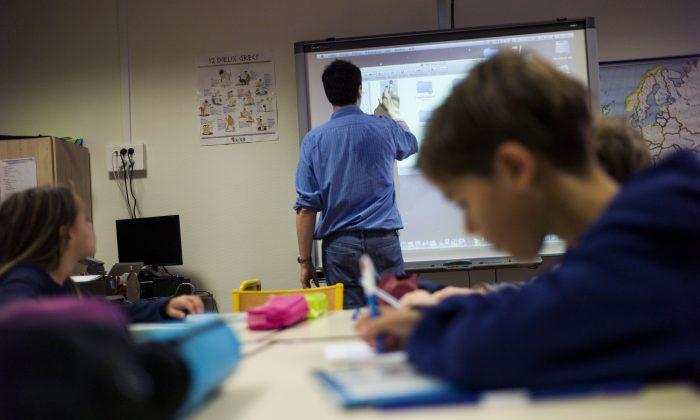In a single visual, they describe how things work–context, function, potential, and interdependence. So many emerging trends in education are, well, emerging. New.
Alien.
This can make them (the trend) intimidating, which is where models and frameworks come in–visuals that articulate ideas, and the often murky relationships between them. A good model will visualize abstraction, prioritize thinking, emphasize nuance, and otherwise simplify and communicate that which needs to be simplified and communication.
Every year, we work with the Teaching & Learning with the iPad Conference to spread the work of what they’re trying to do. They’re a small (but growing quickly) conference run by teachers–an active and collaborative-minded group of educators trying to equip teachers with the tools and resources they need to teach with the iPad, not because they love Apple, but because they’ve seen results and believe in its potential.
The above model comes from a larger visual we'll share later this week. The overlapping circles clarify how the iPad might overlap with everything else you do as a teacher–all the other “parts” of your classroom.
Summary: What Am I Looking At?
The model identifies four primary pieces of teaching.
1. Activities
2. Content
3. Assessment
4. Personal
As communicated, it defines the function of the iPad in education as sitting somewhere in the overlap between Activities, Content, and Assessment. Resting between Activities and Content is course materials–the learning experiences designed by teachers for students to access content. The iPad–with apps like The Elements, Waste Land, The Alice App, and more–certainly excels here.
Between Activities and Assessment is the act of Sending & Receiving, which implies and back and forth exchange between lessons and assessment data, something apps like Nearpod and Socrative are designed to support.
On the periphery is the idea of “Personal” use–homework and learning feedback, for example. The fact that it’s on the periphery–and that the circle is smaller than the others–implies less of a role here compared to Activities, Content, and Assessment, which is true in some learning models, but not all.
In that way, this is just one take–a model that simplifies what the iPad “does”–or could do–in your classroom. Or Android or Windows tablet. Unless we’re getting into specific apps and ecology, they all, more or less, function the similarly.
Republished with permission from TeachThought. Read the original.
*flickingerbrad via Compfight cc


